In the church of the Jews, people have decorated the windows with stained glass paintings depicting the merits of the Lord and the Saints. The large diameter round rose window on the front of the church is usually made of very splendid stained glass. Vietnamese pagodas often have red glass on the roofs of Thien Huong or Thuong Dien areas, creating a bright pink area to increase the sacred mystic nature of the place of worship.
Modern aluminum and glass architecture in the world
In preparation for the 1851 international exhibition fair in London, an official exhibition house design competition was held. Architects across Europe and the Americas submitted the test, the Paxton Crystal Castle project was the first prize. As an agricultural engineer, Paxton was not influenced by the classical architectural system, his work is like a giant greenhouse, a greenhouse to plant trees familiar in agriculture. This is in line with the main standard of the competition, which must reflect the scientific and technological advances of the times. The huge 563m long, 124.5m wide house is composed of 3,200 horizontal columns and 2,300 metal heads built with a record short time of 6 weeks. The entire walls and roof of the crystal castle are made of glass. For the first time, glass has shown its great ability in both walls and roofs in such a huge structure. People have seen in the crystal castle completely different qualities from the architecture up to that time: in building materials made primarily with metal structures and glass materials, in construction, assembled by pre-manufactured components in the factory, so the construction speed is very fast, in terms of architectural art, the crystal castle works do not use the language system of classical Greek – Roman architecture. The building has an extraordinary beauty, it is transparent, full of light, elegant, simple, very few decorative patterns and has plenty of space to display, travel … That is the beauty of a different type of architecture, so people have used the year to build the crystal castle, 1851 is the birth of modern architecture in the world.

38 years later, at the International Exhibition Fair in Paris (1889), along with the Effel tower, there is another famous architecture that also represents the birth of modern architecture, which is the display space of 2 engineers Dut and Contamin. This house is 420m long, 115m wide and 45m high, made of steel structure including 20 metal frames with 3 arches and all glass roof. Thus, once again, glass has roofed an immense space of 4.8ha. Glass has been an important building material since the late nineteenth century.
Glass plays an important role in modern architecture
Architects of modern architecture in the world, architects of Chicago school of the 19th century used glass materials to create large windows for their first skyscrapers. The famous “Chicago window”. Two architects Burnham and Root in 1890-1895 built the Reliance Building skyscraper with metal frame and all-glass wall. This house is considered the precursor to the glass and steel skyscrapers of Miesvander Rohe later. In 1895, Louis Sullivan, the most important leader of the Chicago school, built the home of insurance company Guaranty Trust Building. What is remarkable about this house is that the ground floor has large glass walls that clearly see the inside of the house. This can be considered as the first image of the type of house on the column, one of the 5 principles of the house of functionalism that Le Corbusier summarizes later.
Glass materials have contributed to the creation of modern architectural plans that brought the school of Russian structuralism in the years after the October Revolution to become the most advanced in the world. In 1924 the three Vesnin brothers won the first prize of the Truth magazine editorial plan in Leningrat. The house is made of metal frame and wall is entirely made of glass. The house was ahead of its time and is the epitome of Russian structuralism. As soon as the treadmill lifts in an architectural detail that has recently been made, designed by the Vesnin brothers in this plan more than 80 years ago.
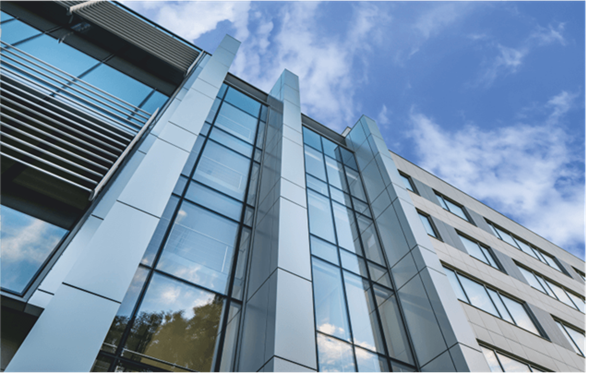
Miesvander Rohe, a leader of functionalism, the father of glass and steel skyscrapers, wrote in 1920 a glass skyscraper model. The house has 2 large fixed pillars, including stairs, elevators and technical pipes. The entire floor is completely empty, which is a “universal space” that can meet all different functions by using lightweight partitions. It was not until 1958 that he realized that “universal space” in the famous Seagram Building in New York. In 1940, Miesrander Rohe designed the entire Illinois Institute of Technology in Massachusetts. The overall premises of the Academy includes over 20 construction items. All are in the form of rectangular boxes, low-rise, with metal frames and glass walls. The most beautiful house in the entire academy is the Faculty of Architecture called Crown Hall, a flat rectangular box. Even the church in the Academy could not escape from the shape of a straight rectangular box with large glass walls. Architects Philip Johnson, one of Mies’ close associates, co-authored with him in the Seagram Building, built his own house in a Connecticut garden. It was a transparent glass box, in which there was a fixed nucleus, a circular pillar inside it, a bathroom. This unique house represents the international style of modern world architecture.
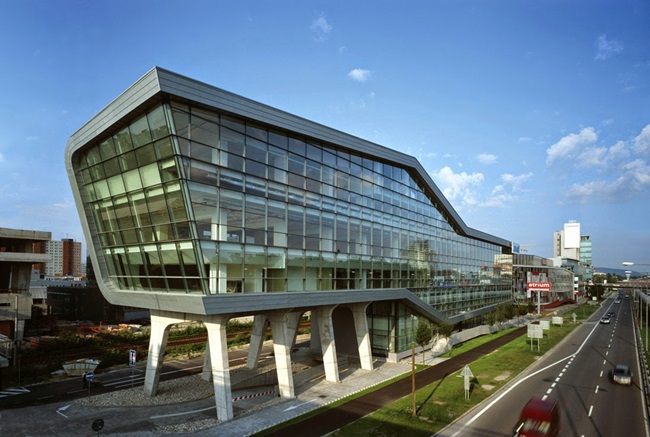
Functionalism is also greatly supported by glass material to express its ideology. Since 1911, architect Watter Coropiut has carried out a project to bring his name to the top of the modern architects in Europe. It is the Fagus factory, which is a surprise for everyone because in the corner of the house is usually a bearing column, but here is the meeting place of two transparent glass panels. It is said that this was the first “weightless construction”, the exploration of transparency, a property of modern architecture. The Banbaus school in Dessan (Germany), built by Watter Cropius in 1926, also has glass wall panels that span three floors of the workshop area with the corners of two transparent glass walls perpendicular to each other. Large pieces of glass walls increase the transparency of interlocking blocks, increasing the efficiency of 3D space. It is also a characteristic of the stereoscopic painting school that Le Corbusier is passionate about. He painted stereoscopic life, had exhibited stereoscopic oil paintings in Paris. Cubist painting helped him a lot in architectural composition.
The school of organic architecture is also well supported by glass materials. The large pieces of glass walls in Frank Loyd Wright’s Falling Watter as well as the glass walls in the “Foothills Forest House”, the desert house and Richard’s Lowell House Newtra has made people in the home think they are in nature, on a stream in the woods or in the desert. The house of Robert Leonhardt House, made by Philip Johnson on Long Island, New York in 1956, has a living room which is a glass box on the second floor, below it is empty like a stilt house. In a glass chamber, people are protected from the disadvantages of the environment but still integrate as living in nature.
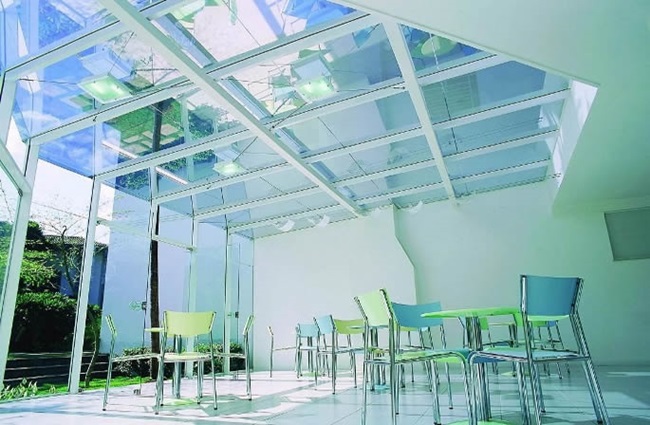
Rough Wood-style glass materials appeared in 1953 in the United Kingdom, and were initiated by Peter and Alison Smithson. Rough Woodism emphasizes the honesty of the house’s strictness in the use of materials and the transparency of the building (that is, without hiding it). The most typical work of the Smithson couple is Hunstanton High School built in 1954 in Norfolk (England). The work is considered a manifesto of the Rough Mocism school, revealing both the structure and the water pipes thanks to the transparent glass walls.
The cluster of Economist Building built in 1959 – 1964 in London is also true, strict and transparent thanks to glass materials.
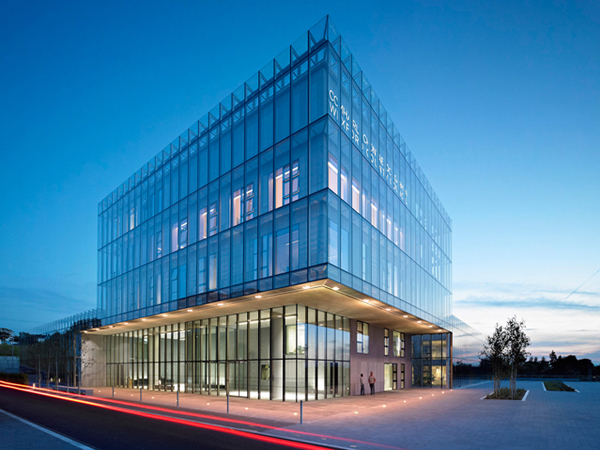
New developments of glass materials today
Today, glass materials are more and more effective because the quality of glass is greatly improved in terms of bearing strength, transparency, various opacity and colors, and the sensing of the glass. of art, of science. The aquariums in water parks around the world make visitors to safe excursions under the deep water, surrounded by how many fish and shrimp swimming, including underwater mammals such as sharks, fish crocodiles, hippos, sea snakes. The transparent elevator cages make people in the elevator feel they are moving in 4-dimensional space (including the time dimension too), feeling the change of landscape on each different height. People outside the elevator, especially for elevators located on the outside walls of the building, see the movement of the elevator on the facade of the house as a vivid expression of a living body.
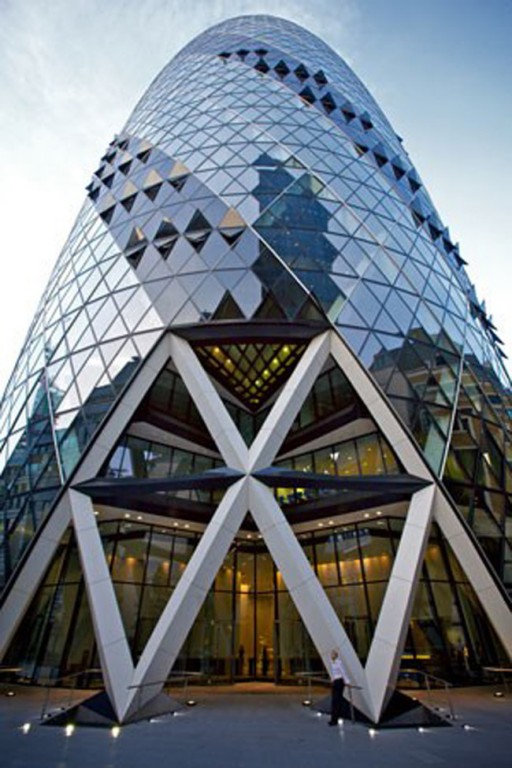
On a street in Guangzhou, China, paved roads and ancient castle gates about 1,000 years ago were located 1 to 2 meters deep. In order not to dig up the streets, to preserve the monuments and further to display for the people to admire the relics of their fathers for research, people have planned the relics into a road. a few hundred meters long, the large strip in the middle is paved, two strips on both sides are the road for visitors. People can stop to see ancient artifacts such as foundations, gates, ancient stone-paved roads through transparent glass in the middle strip of about 3m wide and 1m deeper. The glass material here must be high-intensity and very transparent so that visitors can not only see the artifacts but also read the explanatory lines for the birth of modern architecture in the world. for a more comfortable, more magnificent architecture.
Our architects have a great tool ready to help us express all the artistic ideas from romance to reality and what we haven’t envisioned still ahead.
Assoc.Prof.Dr. Ton Dai / Tc KTVN (Source: Ashui.com)



